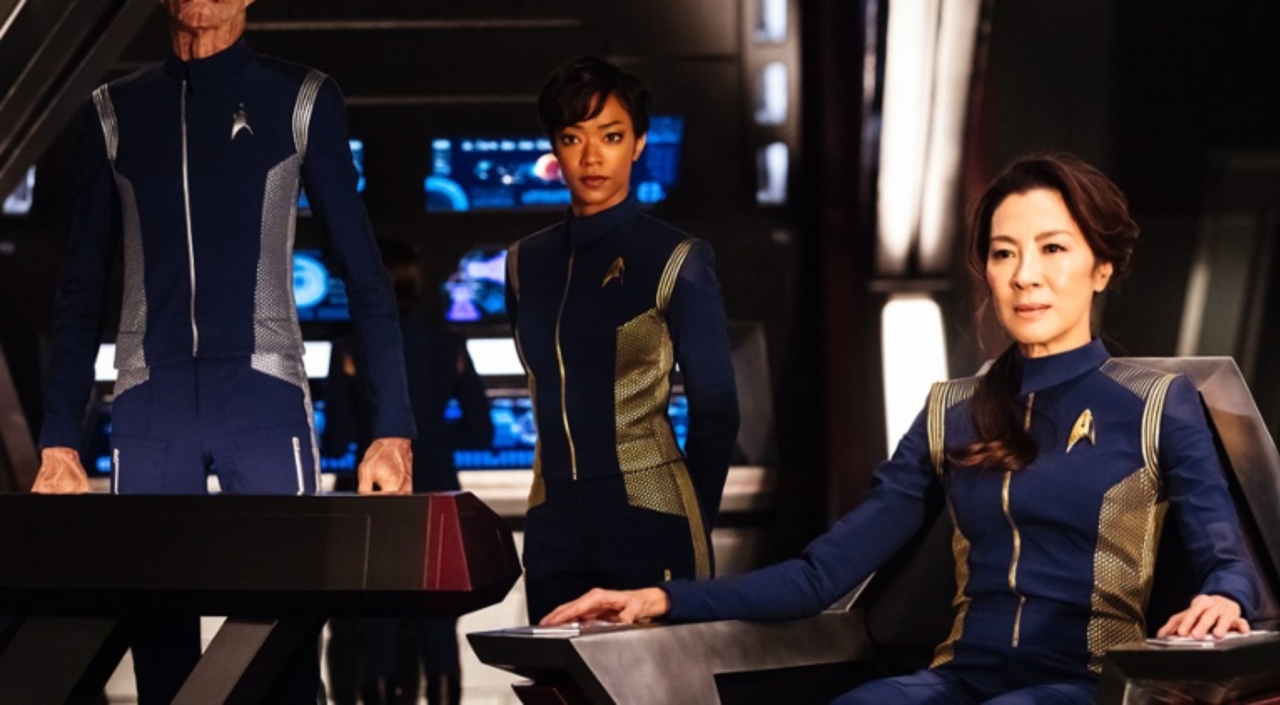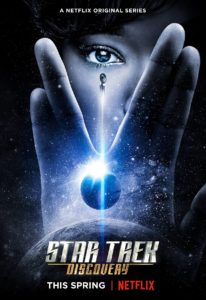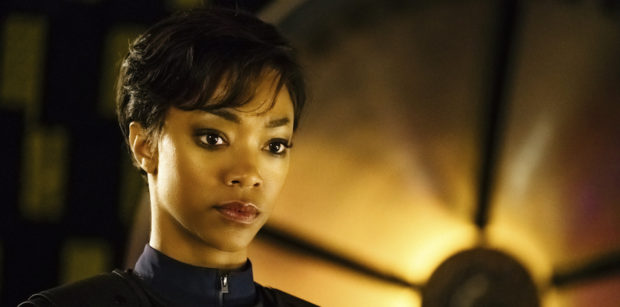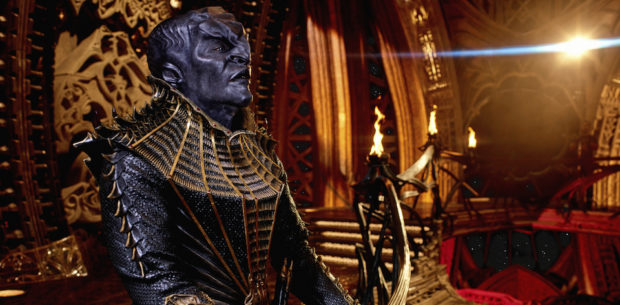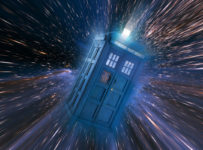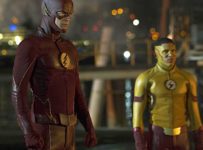From the opening moments of the pilot episode, ‘The Vulcan Hello,’ it’s clear that STAR TREK: DISCOVERY is distinct from its earlier film and television counterparts. It’s not just a stylistic difference either, even if it shares some DNA with the J.J. Abrams productions. Here is an attempt to build a bigger story, boldly exploring narratives beyond the episodic ‘alien of the week model.’
Star Trek: Enterprise, the last serialised version of the franchise to grace out screen, experimented with longer form storylines in its final two years on the air. Yet as an unidentified Klingon voice talks about a coming threat before the credit have even rolled, Bryan Fuller and Alex Kurtzman signal their willingness to tell bigger stories within the Star Trek universe.
Captain Philippa Georgiou (Michelle Yeoh) and First Officer Michael Burnham (Sonequa Martin-Green) of the USS Shenzhou uncover a mysterious object that their sensors cannot read. Following a dangerous solo mission to manually eyeball the structure, Michael discovers the first presence of the Klingons in Federation space for over a century.
This is certainly not the first Star Trek pilot to have an overly exposition-filled plot, but Fuller and Kurtzman set up some key tonal distinctions with ‘The Vulcan Hello’ and the companion episode, ‘Battle at the Binary Stars.’ Michael is willing to come to literal blows with her captain, for example, with her convictions established by Vulcan nerve-pinching Georgiou and lying to the crew.
Which is another major point of difference in STAR TREK: DISCOVERY, with Fuller and Kurtzman choosing not to give us everything we need to know about the characters all at once. Michael’s background as an adopted ward of the Vulcan ambassador Sarek (James Frain), better known to audiences as Spock’s dad, is eked out over the two episodes with flashbacks to the Vulcan Training Academy. Indeed, there’s bridge crew (including some kind of robotic character) that are barely name-checked or focused on at all at this stage. It’s entirely possible we may not even like this crew. Not in a Wesley Crusher’s sweater way, but more like a ‘love to hate’ kind of way.
Adding an additional air of mystery to this unknown quantity is the Klingon menace. Let by the dogmatic T’Kuvma (Chris Obi), these are unlike any Klingons we’ve seen before, wrapped in ornate Elizabethan-style armour as they walk the path of Kahless and, in Trek‘s most overt political statement, espouse a return to traditional values. While it would be easy to complain about these changes, STAR TREK: DISCOVERY has done what Doctor Who did with the revived Daleks, restoring their menace by changing them just enough to be familiar yet enigmatic. After a small scale introduction, the reveal of their enormous ship is nothing short of breathtaking.
Which is truly the biggest departure for the series, bringing a cinematic sense of scale to the small(er) screens hitherto unseen in episodic Trek. From sweeping desert planets to full-scale space battles, this has all the scope (and some of the lens flare) of Abrams’ films. This is perhaps where old school fans may find the most to hesitate about, with the camera wobbling intimacy of the past giving way to action-adventure. Yet this is the reality of modern Trek, and Fuller and Kurtzman have embraced it in the best spirit possible.
This isn’t to say that there aren’t numerous loving tributes to the original series. Michael is named “Number One” after Majel Barrett and Jonathan Frakes characters from “The Cage” and Star Trek: The Next Generation respectively. There more than a few phrases borrowed from Alexander Courage’s original theme song. Hell, close your eyes and it just sounds like Star Trek, with the familiar whistles and door swooshes ever present. This is Star Trek. It’s back, it’s exciting and different, and we look forward to many more episodes to come.
[stextbox id=”grey” bgcolor=”F2F2F2″ mleft=”5″ mright=”5″ image=”null”]2017 | US | CREATORS: Bryan Fuller, Alex Kurtzman | DIRECTOR: David Semel (1), Adam Kane (2) | WRITERS: Bryan Fuller, Alex Kurtzman, Akiva Goldsman (1); Gretchen J. Berg, Aaron Harberts (2) | CAST: Sonequa Martin-Green, Doug Jones, Shazad Latif, Anthony Rapp, Mary Wiseman, Jason Isaacs, Michelle Yeoh | DISTRIBUTOR: Netflix (AUS), CBS All Access (US) [/stextbox]

